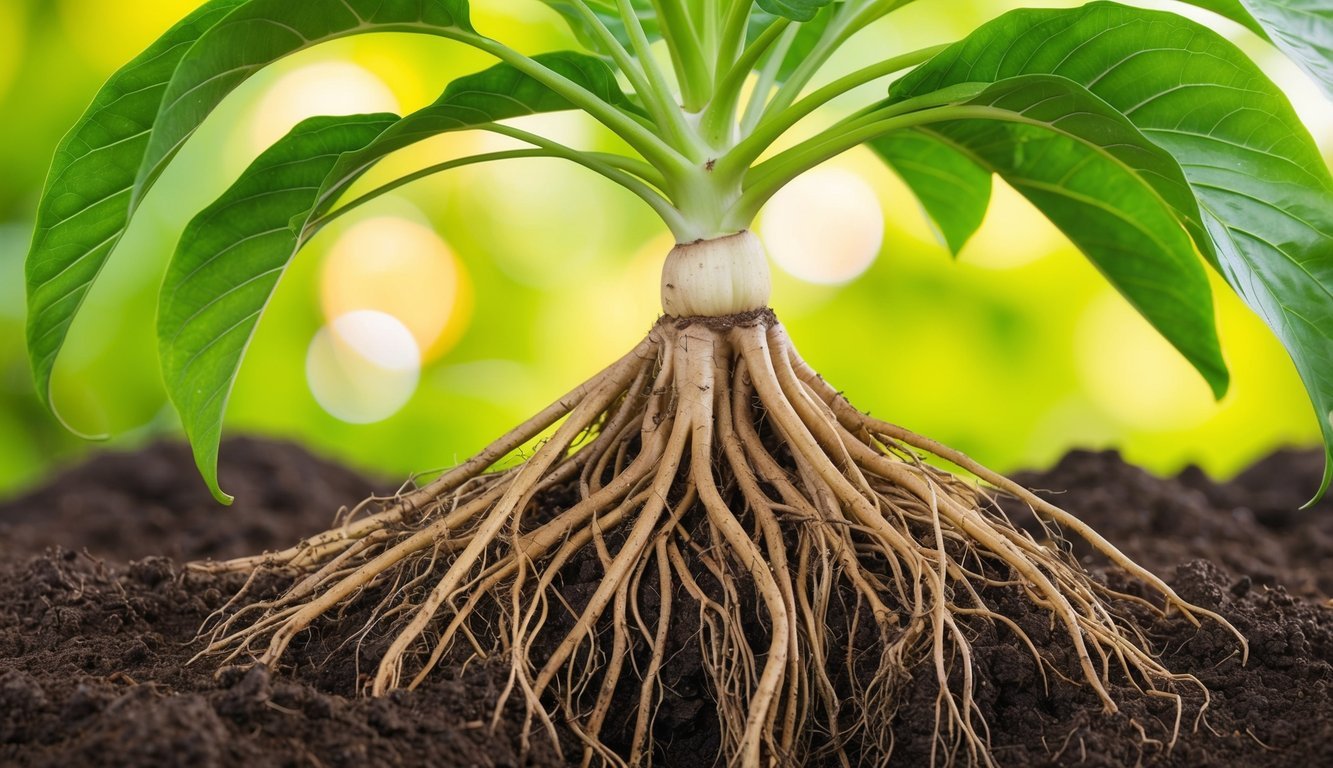
Have you spotted some roots peeking out from the soil of your plant? This behavior can either be a natural trait of certain plant species or a sign that something needs attention.
In this article, we’ll dive into the reasons why roots may surface and how to effectively address the situation.
Plants are complex beings, often displaying unusual habits like dropping leaves unexpectedly or growing taller than usual.
Fortunately, a bit of close observation often reveals the reason behind these changes.
Most plants keep their roots underground for optimal water and nutrient absorption.
However, some species—like epiphytic orchids—are designed to have their roots exposed to the air, allowing them to collect moisture.
Others rely on their roots for stability, especially when they’re anchored on rocky surfaces.
What You Need to Know
Roots may be visible for several reasons, with root binding being the most common culprit.
This occurs when the plant outgrows its pot, leading to restricted root development.
Additionally, some plants produce aerial roots, which are usually thicker and can appear surprising.
For these species, such roots are a normal part of their growth, so there’s no need to be alarmed.
Conversely, if your plant is root-bound, it’s essential to address this issue promptly.
Root Binding Explained
The term “root-bound” describes a situation where a plant’s roots are confined due to limited space—especially common in container-grown plants.
Root binding primarily occurs when a plant becomes too large for its pot.
In this case, the roots may push through the drainage holes in search of more room.
If these holes are blocked, you might see roots escaping above the soil, trying to access vital moisture and nutrients.
Other Factors to Keep in Mind
Aside from root binding, there are other reasons why roots might surface.
For example, if a plant has resided in the same soil for too long, it can deplete nutrients, compounding the issue of exposed roots.
Soil compaction could also be to blame.
Heavy mixtures or soils with low organic matter can hinder root movement.
Poor watering practices can worsen this, leading to dense growth conditions.
To resolve these problems, consider transplanting the plant into a larger pot with improved soil that supports drainage.
Mixing materials like perlite, sand, or vermiculite into the soil can combat compaction.
If your plant is particularly nutrient-hungry, blending in organic compost can enhance soil quality.
A consistent fertilization routine will promote a healthy plant, and always remember to water after applying any fertilizer.
Noticing your plant’s roots above the soil generally shouldn’t raise alarms.
This behavior might simply indicate a need for more space or fresh soil.
By repotting, you can significantly improve your plant’s health and promote growth.
In some instances, exposed roots could signify normal aerial growth that helps certain climbing plants or provides stability.
Just remember, roots above the soil aren’t always a sign of distress; taking action swiftly can help your plant flourish and thrive.
Source: Epicgardening

